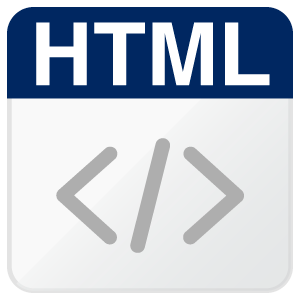Aim: I have to design a circuit which can offset a digital signal (0 and 5V) by approx 70V DC. In other words, input is of 0 and 5 v and output should be 70V and 75 volt. The frequency of this signal is 10 Mhz .
Approach :
I thought of using opamp and use it as adder. I could design it easily using High Voltage amplifier like OPA454, OPA453 etc.
But the problem is, they have very low slew rate(around 15V/us). I doubt it will be able operate on a frequency around 10Mhz.
I searched for other opamps as well using Opamp selection tool, but if i chose higer slew rate, Vcc value was lower (i.e. can't obtain higher voltage, opamp would saturate on voltage around 70V)
Is there any other opamp available for above case or any other approach?


